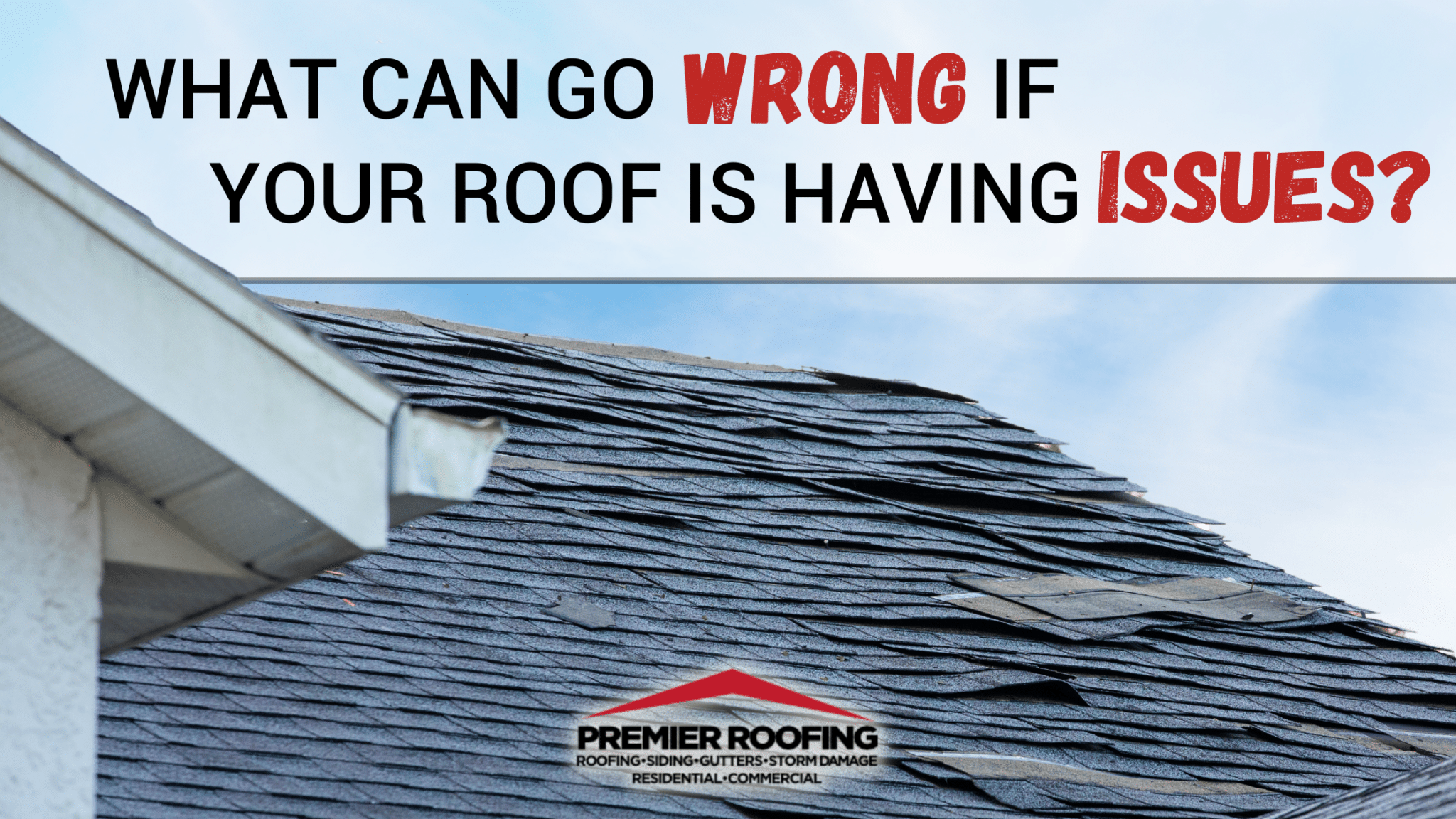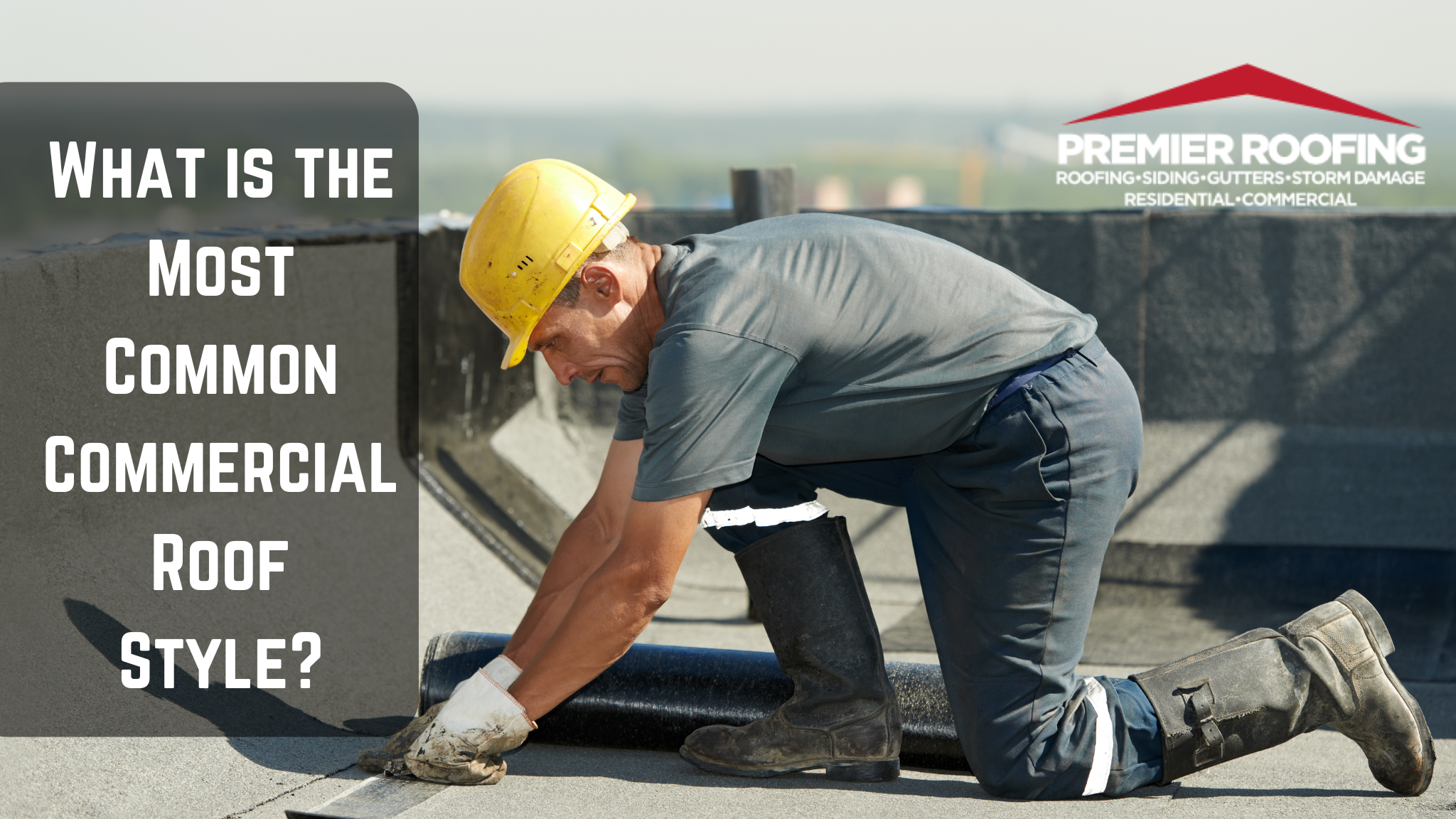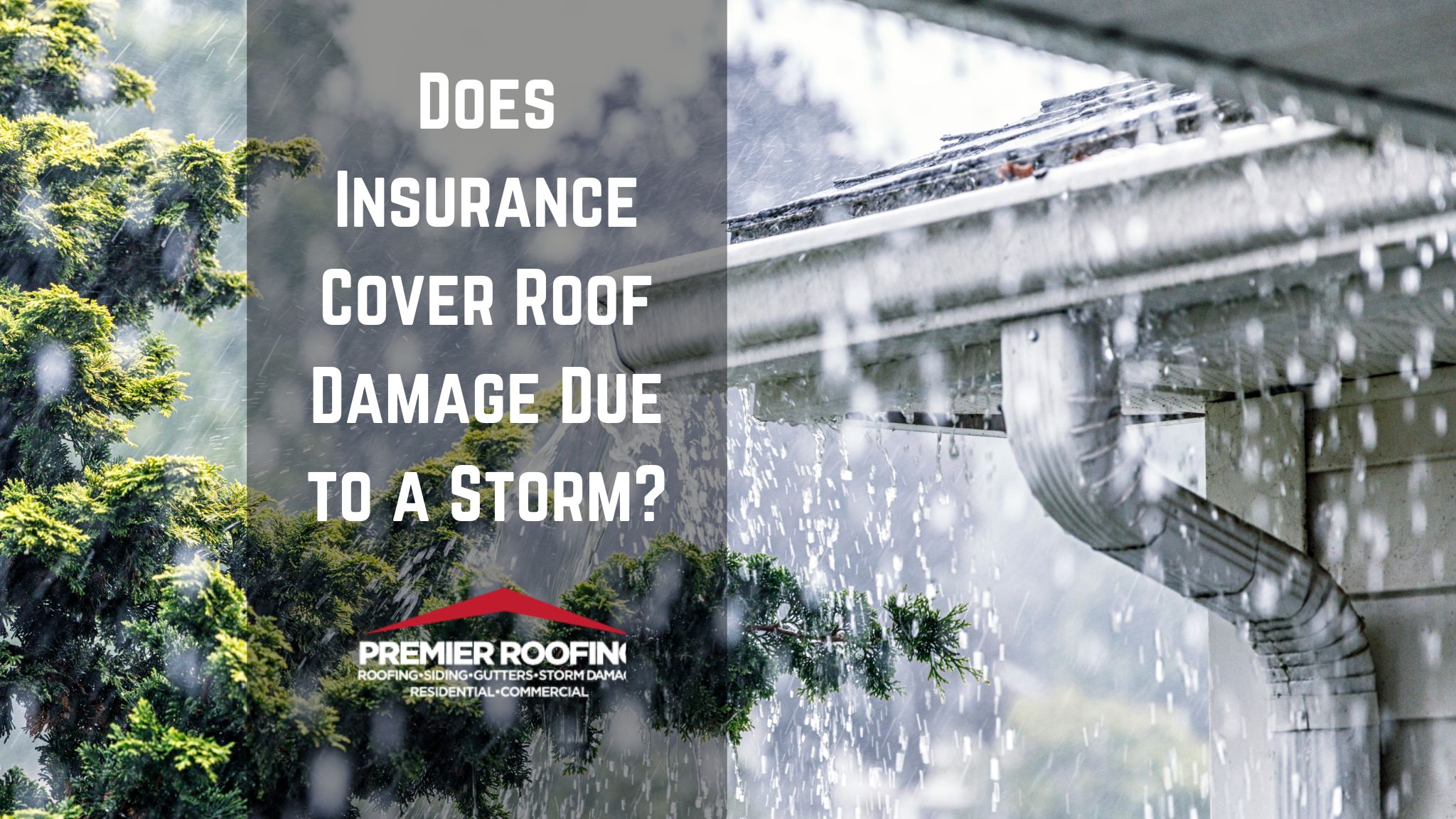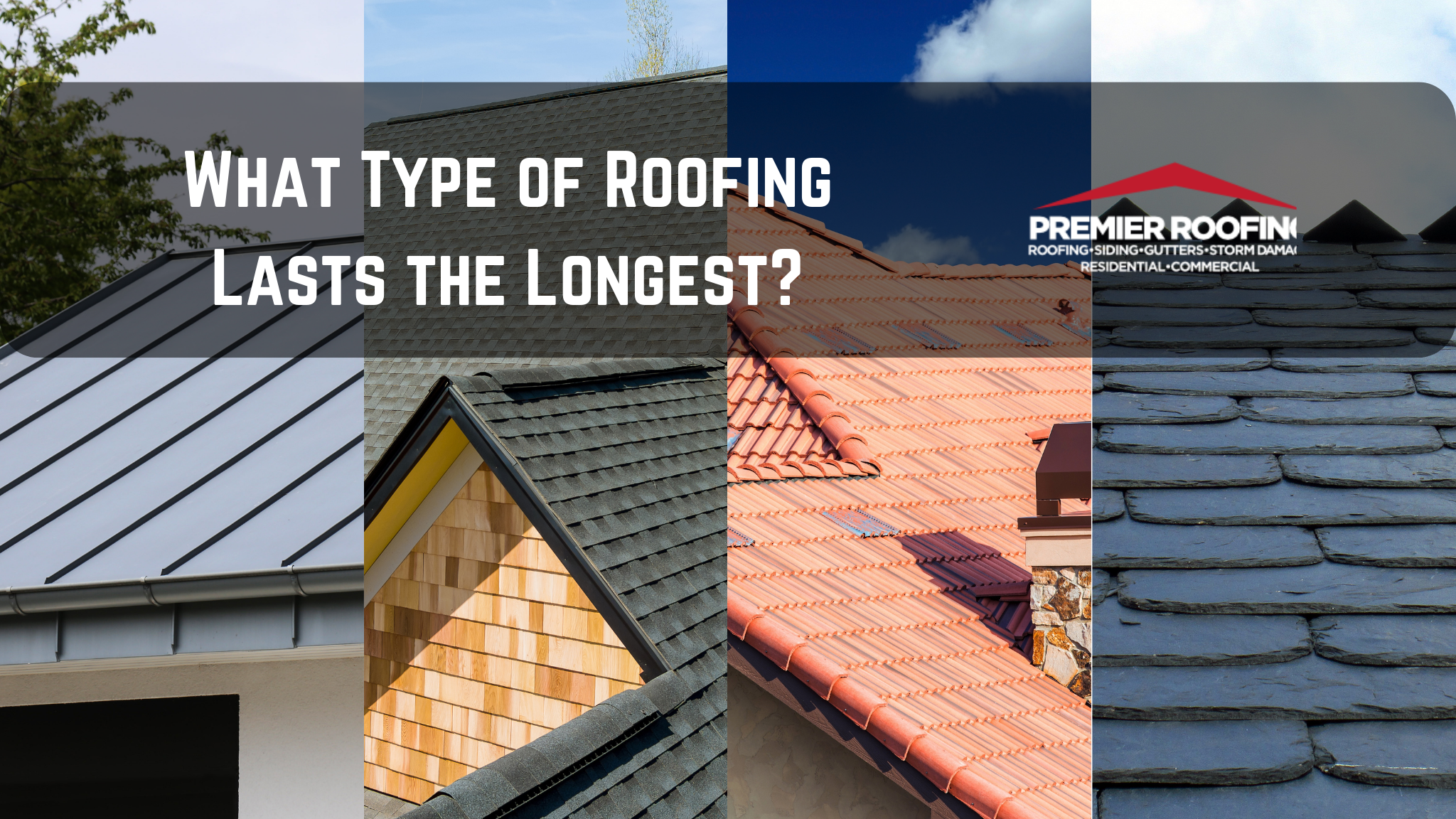
What is your home’s first line of defense against the extremely problematic issue of water intrusion? Many folks may say the foundation, sump pump, or gutters, but it’s actually your roof!
Your roof is usually the first thing that the rain touches as it starts to fall. If your roof is having issues, not only could it rain inside your home, but it could quickly turn into an indoor downpour!
You may not realize just how much water your roof usually protects your house from, so let’s put it in perspective. A small, 1,000-square-foot roof during a 1” rainfall event is going to have approximately 623 gallons of water running over it during the course of the storm! If you have a large roof or a larger storm, then even more water will be flowing over your house’s roofing system. That’s a lot of water that your roof is protecting you from! If you have roof damage that leads to a leak, those hundreds of gallons of water could be very problematic if they start flowing into your home instead of over it.
So what’s the big deal if your roof has a little (or not so little) leak?
Five Common Issues a Leaking Roof Can Cause
While these five signs of water damage are things you can look out for inside your home, we always recommend being as proactive as possible by regularly taking a look at your roof for these damage warning signs before they grow to become big problems. A routine visual inspection can be as simple as just taking a look up at your roof when you’re out cutting the grass or remembering to glance up from the driveway when you’re getting home from the kids’ sports practice to see if you notice any signs of roof damage.
If you do notice any areas of concern from the ground, or if you think you may have an issue, contact a trusted, local roofing contractor as soon as you can to schedule a thorough inspection of your roof.




